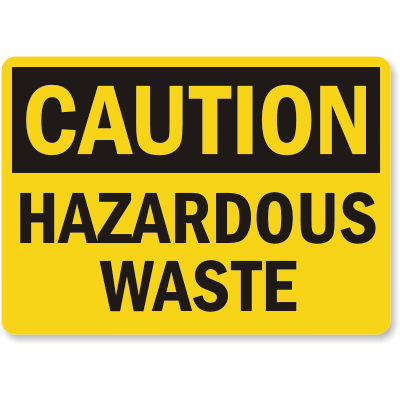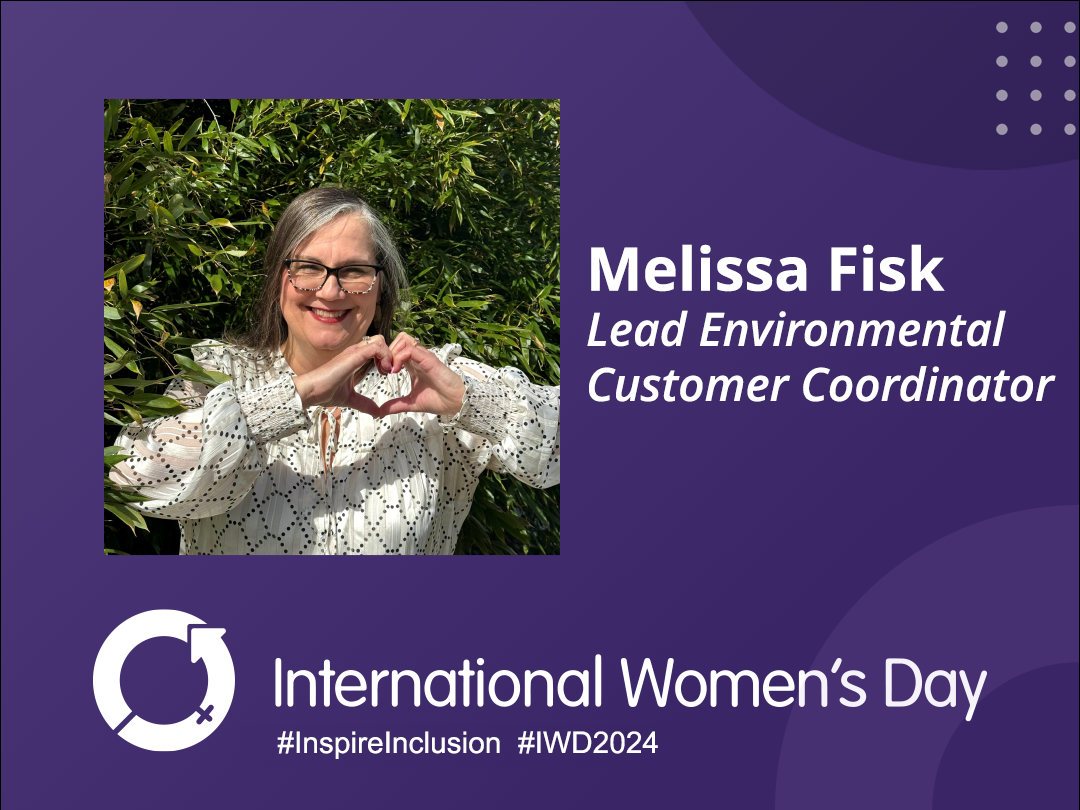
In the past we’ve discussed what hazardous waste is defined as. Today, I’d like to focus on the different characteristics hazardous waste may possess. These characteristics help us understand what the waste is capable of/how it poses a danger. We discussed some aspects of these characteristics in our Household Hazardous Wastes eBook but today I hope to delve further into them.
There are four basic characteristics to look at; ignitability, corrosivity, reactivity, and toxicity.
Ignitability – According to the EPA, “Ignitable wastes can create fires under certain conditions, are spontaneously combustible, or have a flash point less than 60 °C (140 °F). Examples include waste oils and used solvents.” A flash point is the lowest temperature at which a substance can evaporate enough to produce sufficient vapor to form an ignitable mixture with the air.
Ignitable wastes can be broken down into two categories, solids, and liquids. As stated above, flash point is the most important things to remember when it comes to ignitable liquids. You have to consider other things with solids though. Non liquid ignitables are capable under standard temperature and pressure of causing fire through friction, absorption of moisture, or spontaneous chemical changes. If ignited, these wastes will burn so vigorously and persistently that they create a hazardous situation.
Corrosivity – According to the EPA, “Corrosive wastes are acids or bases (pH less than or equal to 2, or greater than or equal to 12.5) that are capable of corroding metal containers, such as storage tanks, drums, and barrels. Battery acid is an example.” A corrosive can cause skin damage to people and significantly corrode metal. A corrosive hazardous material can be either liquid or solid.
Reactivity – The EPA defines reactive wastes as, “wastes [which] are unstable under “normal” conditions. They can cause explosions, toxic fumes, gases, or vapors when heated, compressed, or mixed with water. Examples include lithium-sulfur batteries and explosives.”
Reactive wastes are, in themselves, unstable. They have the potential to form toxic gases, vapors, or fumes which can endanger human health. Some (D003) form potentially explosive mixtures with water. Reactive wastes are capable of detonation or explosive reactions.
Toxicity – Toxic wastes are defined by the EPA as wastes that are “harmful or fatal when ingested or absorbed (e.g., containing mercury, lead, etc.). When toxic wastes are land disposed, contaminated liquid may leach from the waste and pollute ground water.”
More information regarding these waste characteristics can be found in the 40 CFR §261.
Hazardous wastes will fall into one or more of these categories and it is important to know which ones you and/or your company’s wastes fall into so you can safely handle them. Additionally, it is vital to remember that “non-hazardous” does not mean non-dangerous or unregulated, always check with EPA guidelines and individual state laws to ensure compliance and safety.
More News From Heritage
-
3/12/24
Equal Pay Day – Spotlighting Our Female Drivers
-
3/8/24
International Women’s Week Spotlight – Shannon Dippel
For International Women's Week, we're spotlighting some of the incredible women in the Heritage family. Our final spotlight is Shannon Dippel.
-
3/8/24
International Women’s Week Spotlight – Susan Adams
For International Women's Week, we're spotlighting some of the incredible women in the Heritage family. Our sixth spotlight is Susan Adams.
-
3/7/24
International Women’s Week Spotlight – Lea Wilson
For International Women's Week, we're spotlighting some of the incredible women in the Heritage family. Our fifth spotlight is Lea Wilson
-
3/7/24
International Women’s Week Spotlight – Melissa Fisk
For International Women's Week, we're spotlighting some of the incredible women in the Heritage family. Our fourth spotlight is Melissa Fisk.
-
3/6/24
International Women’s Week Spotlight – Taylor Harvey
For International Women's Week, we're spotlighting some of the incredible women in the Heritage family. Our third spotlight is Taylor Harvey
-
3/5/24
International Women’s Week Spotlight – Karen Esquivel
For International Women's Week, we're spotlighting some of the incredible women in the Heritage family. Our second spotlight is Karen Esquivel.
-
3/5/24
Heritage Environmental Services Announces HP Nanda as CEO; CEO Jeff Laborsky Transitions to Board of Directors
Heritage Environmental Services (“HES”) announced today that HP Nanda will join the organization as CEO.








